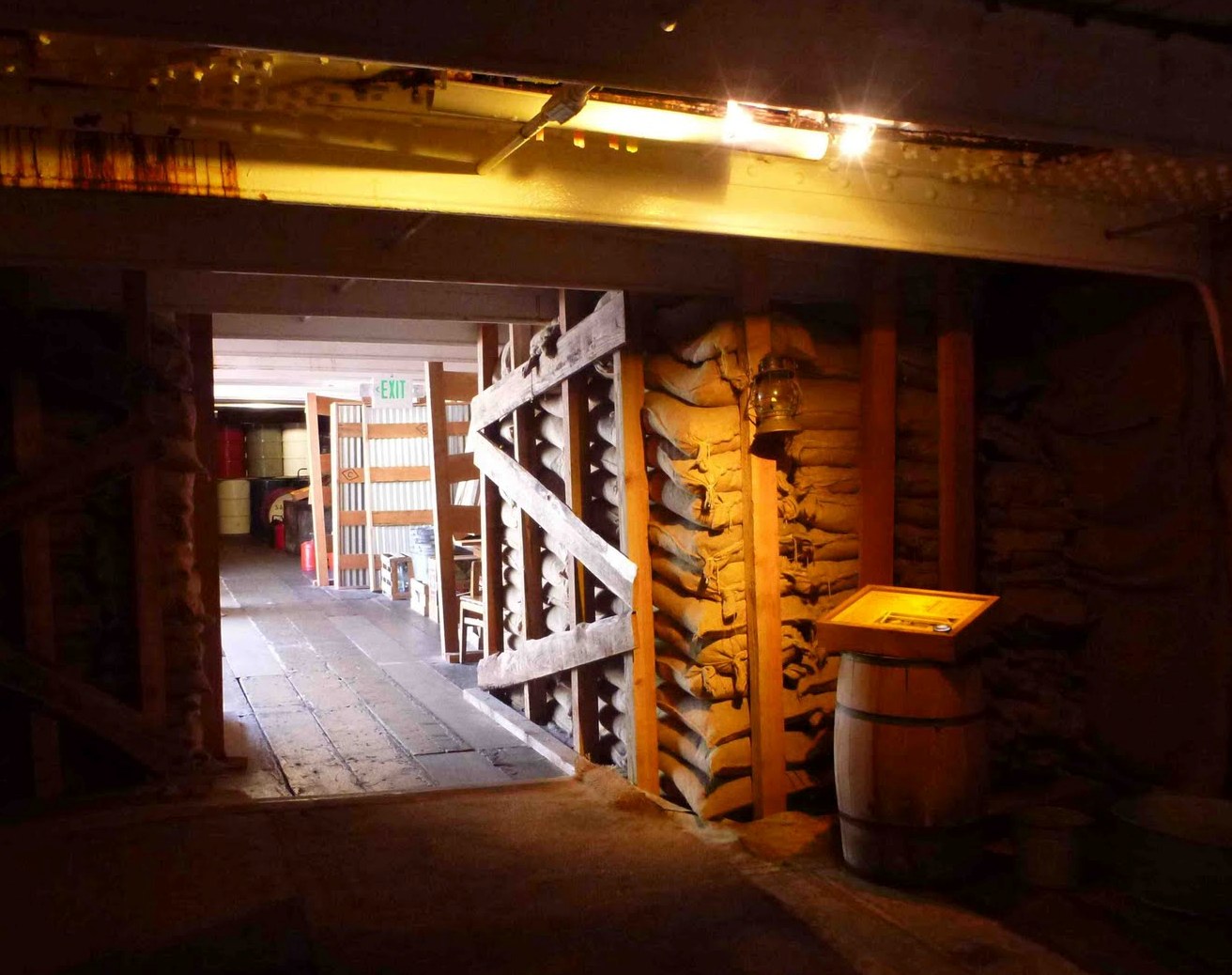Feb 2015 - mighty monsoon malabar
Date Posted:1 February 2015

why are we using black coffee bags ?
Has my coffee changed ?......is it still the same ? Of course it is.
Over the last few weeks you may have noticed we have started using a plain matt black bag for our 1kg coffees.
In Jan 2015, we received our regular shipment of 10,000 custom mycuppa 1kg coffee bags from our Melbourne supplier.
As we test every component in our supply chain before releasing into production, we believe there is a risk with the new stock of bags and subsequently halted packing of coffee beans in the custom green mycuppa bag until we can investigate the issue with the supplier.
We purchase the highest quality (and most expensive) bag available in the market and have been using the same specification of bags from this Australian supplier for a long time.
The issue may take a few months to resolve due to the nature of custom-made bags there are significant lead times on manufacturing.
In the interim, we are taking the opportunity to trial an interesting concept with our Single Origin 1kg bags - a zip-lock, 3-layer, metalized foil, gusset bag.
As such, you will notice that roast dates will be marked in white pencil on the front of the matt black bag instead of the date panels on the rear as used in our custom mycuppa green bag.
We will be further developing our packaging during 2015 to provide some added benefit to our customers.
500g sizes are unaffected by this issue and will continue to be packed in custom mycuppa bags.

mighty monsoon malabar
No other bean, in the history of coffee, has ever created more discussion and interest than the mighty Monsoon Malabar.
In recent times Kopi Luwak and it's associated myriad of fake rip-offs and over-hyped experiences somehow temporarily hijacked the modern coffee agenda (glad to see it diminishing), however Monsoon Malabar is the real-deal and as a concept we believe it is a more than worthy entry in every coffee-lover's bucket list.
It was around 18 months ago when we planned the concept of featuring a coffee bean in our monthly newsletter.
At the time, there were a handful of exciting and newsworthy beans that I was absolutely busting to feature. Top of mind had always been the interesting and exotic story of Monsoon Malabar for the very simple reason there is nothing (I repeat NOTHING) like it anywhere - only the Monsoon Malabar stands alone as a truly unique offering in the global world of coffee.
The only difficulty has been when to let the "cat out of the bag" !
What I am about to share with you may sound like some exaggerated fable - one of those tall stories passed down through generations that seems to grow "legs" - but, this is fact and accurate.
Coffee has been around for hundreds of years. In the days of wind-powered sailing ships, laden with commodities to be traded with other nations, the raw coffee beans were exposed to many months of sea journey across the equator with searing heat, sea breezes barreling though the ship's timber hulls and limited protection from the extreme elements.
What happened to the raw coffee when it arrived at it's destination ? As you can expect the raw coffee had been well and truly "weathered".
This resulted in significantly degraded quality - the raw coffee was no longer dark green, dense and moist but pale yellow, dried-out and generally what would be regarded as defective.
In those days, there was no alternative, the coffee was a scarce and expensive commodity and thus accepted, roasted and sold.
However, something very strange happened. Upon roasting the raw coffee there was a unique and compelling characteristic apparent in the roasted bean - it was strong, smooth, rich, spicy and exhibited tons of body and crema.
How was this so ?
It was contrary to everything we understood about coffee.
The raw coffee exposed to the elements during transit effectively "aged" and had somehow undergone a transformation that seemed to enhance the roasted product. What the ???
India had the ideal environment to re-create the Monsoon process - simulating the coffee cargo in a sailing ship's hull for months.
Open-sided warehouses near the ocean were erected and filled with racks of freshly processed raw coffee and left natural allowing the monsoonal winds to season the coffee for up to 3 months under carefully controlled management until the coffee reached a perfect "monsoon" state.
There are 2 basic products from the Monsoon process that are sold in the modern day coffee market - a Robusta and an Arabica that is branded Malabar.
At mycuppa, we only deal with the Arabica Monsoon Malabar.
AA grade beans are monsooned in these open warehouses to season the raw coffee under strict supervision creating a product like no other in the world of coffee.
As a coffee roaster, when you first look at Monsoon coffee it is a confronting (actually it is a massive shock) - how do I roast these beans that are yellow, dried out with almost zero moisture and very low density - surely they will burn and end up bitter ?
Roasting these beans takes considerable experience and care - they don't dry out like traditional coffee and once they reach 1st crack, there is a tendency to race to completion.
The raw coffee is very pale yellow (or even white) in appearance and we roast these coffee with delicate care so the end product is presented in a style that can appeal to the espresso and milk-based espresso market.
If you look at a roasted Monsoon Malabar from mycuppa you will notice it appears quite light in colour - but that is a highly deceptive as you need to keep in mind that the starting point was very pale yellow, so in comparison to other coffees they were extremely light in shade to begin with - think a lighter shade of monk brown.
So what's all the fuss about ?
Nothing packs a punch like the mighty Monsoon Malabar - it has that classic coffee flavour, infused with a spice-laden chocolate.
It's the strongest tasting coffee available - the finish is famous for being able to taste it up to an hour later.
Hints of tobacco and leather are apparent and whilst this may sound a bit off-putting, it is actually quite enjoyable and complimentary in a coffee.
Because of the low density and light weight of the coffee, the roasted Monsoon Malabar requires far more adjustment to your grinder than any other coffee bean you have used before - generally speaking, you will probably discover that a very fine grind setting is needed in order to achieve the best extraction efficiency.
Monsoon Malabar delivers truck loads of body - thick, gooey crema that makes it the "Guinness" equivalent of the beer world - it's almost a meal in itself.
Monsoon Malabar needs a long rest period to develop after roasting. General rule is that around 14 days from roasting is when the Monsoon Malabar starts to really hit it's straps.
Ironically, this is when all other coffees are starting to wane, but the mighty Monsoon Malabar is just winding up.
We have found that Monsoon Malabar seems to have a very long peak window - it's not uncommon to have more up to 2 months enjoyment from a Monsoon Malabar - no other coffee is like it and only Sumatran's come somewhat near it in terms of development time and usable shelf life.
We have customers who have become so besotted with Monsoon Malabar they simply cannot drink anything else - accustomed to the rich, smooth, powerful, full-bodied, spicy, chocolate cup.
If you prefer your coffee black, Monsoon Malabar could be just the solution you have been searching for - it's extremely low in acid and makes a truly superb espresso.
Set your grinder super fine, up dose, tighten up the espresso shot to slow down the extraction and then prepare to be blown away - the intensity will seduce, the spiciness will delight, the power of the everlasting finish will change forever the way you think about coffee.
Monsoon Malabar is an experience like no other. Black or with milk you will not be disappointed. Grab it here.....Monsoon Malabar



